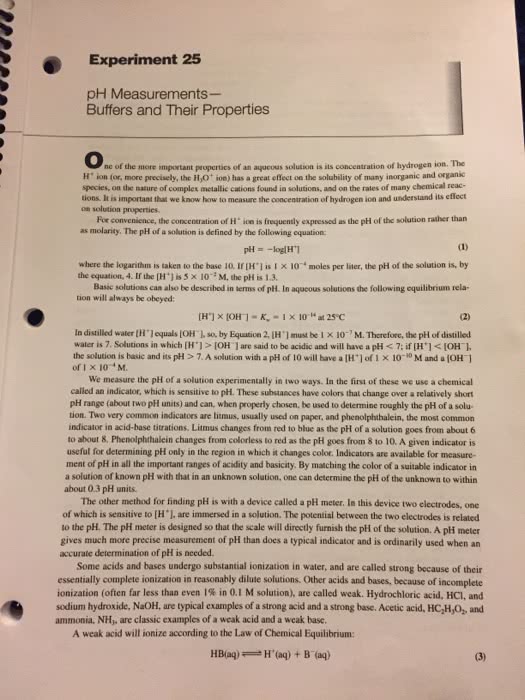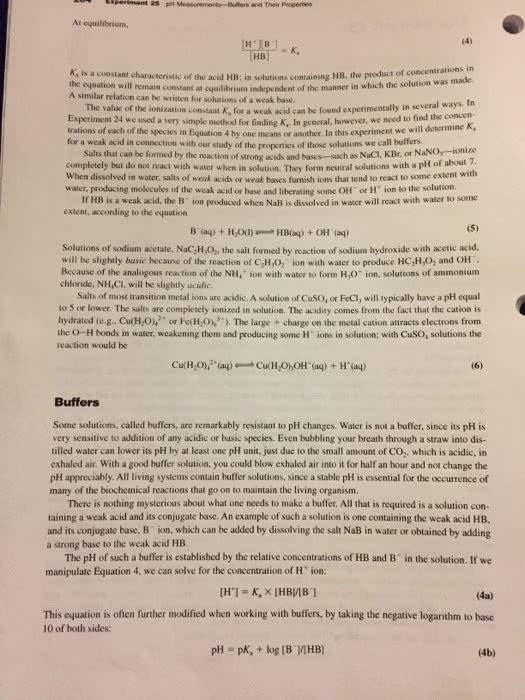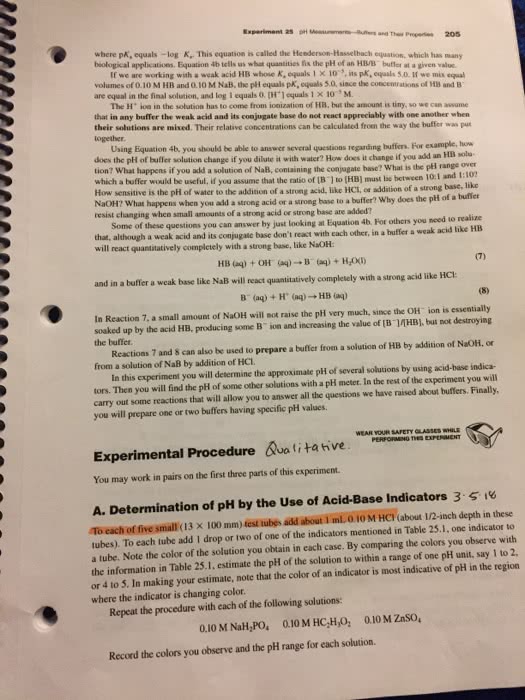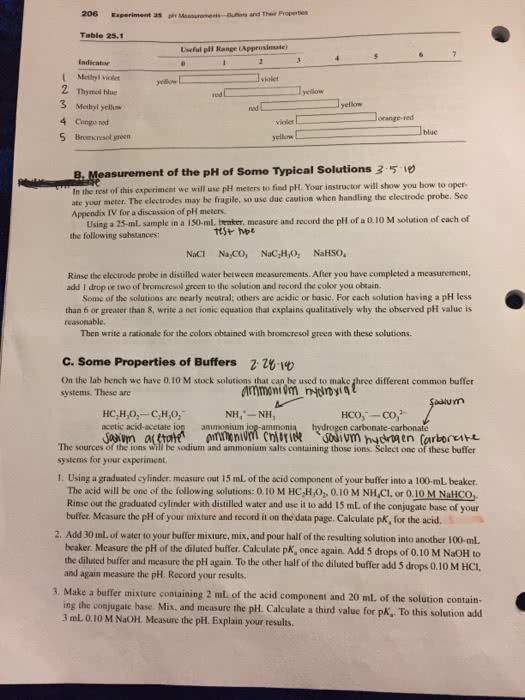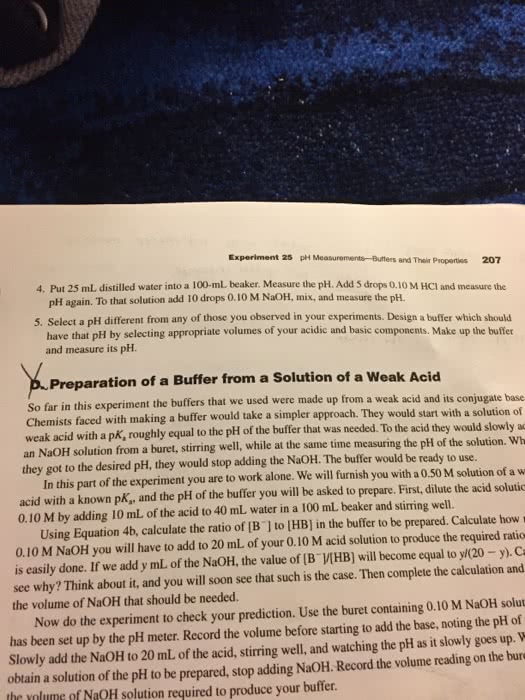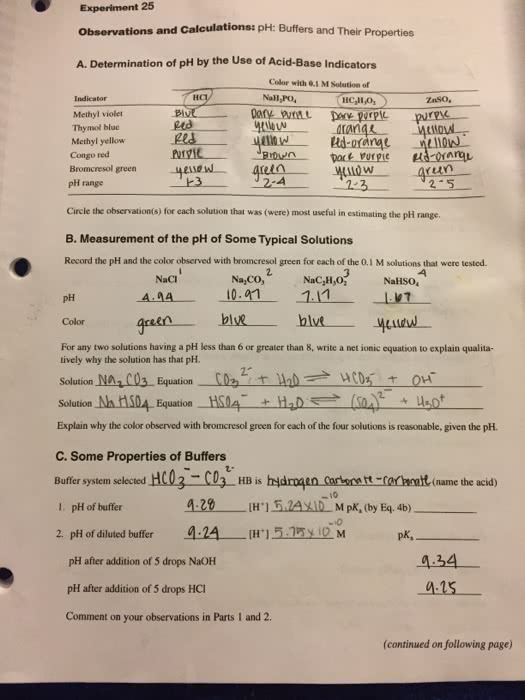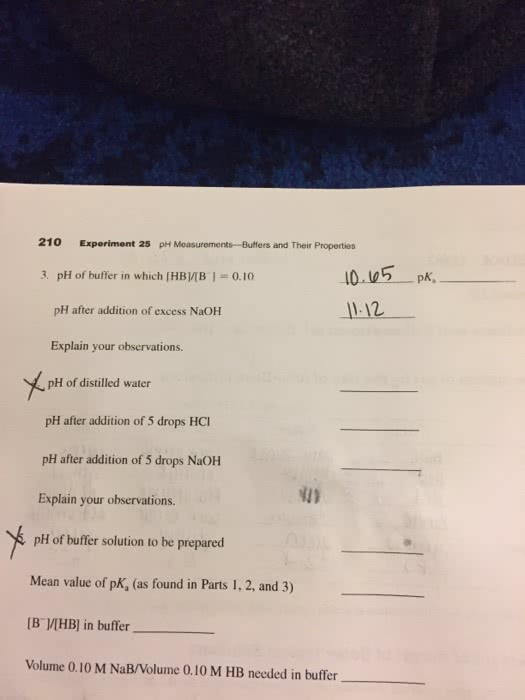CHE 101 Chapter Notes - Chapter 5: Molar Concentration, Acid Strength, Reaction Rate Constant
15 views10 pages
Document Summary
Equilibrium is the state of a process in which the properties like temperature, pressure, and concentration etc of the system do not show any change with passage of time. In all processes which attain equilibrium, two opposing processes are involved. Equilibrium is attained when the rates of the two opposing processes become equal. If the opposing processes involve only physical changes, the equilibrium is called. If the opposing processes are chemical reactions, the equilibrium is called chemical. Reversible reaction: a reaction in which not only the reactants react to form the products under certain conditions but also the products react to form reactants under the same conditions. Irreversible reaction: a reaction cannot take place in the reverse direction, i. e. the products formed do not react to give back the reactants under the same condition. Example: agno3(aq) + nacl(aq) agcl(s) + nano3(g) Generally, a chemical equilibrium is represented as. Where a, b are reactants and c, d are products.
Get access
Grade+20% off
$8 USD/m$10 USD/m
Billed $96 USD annually

Homework Help
Study Guides
Textbook Solutions
Class Notes
Textbook Notes
Booster Class
40 Verified Answers
Class+
$8 USD/m
Billed $96 USD annually

Homework Help
Study Guides
Textbook Solutions
Class Notes
Textbook Notes
Booster Class
30 Verified Answers
